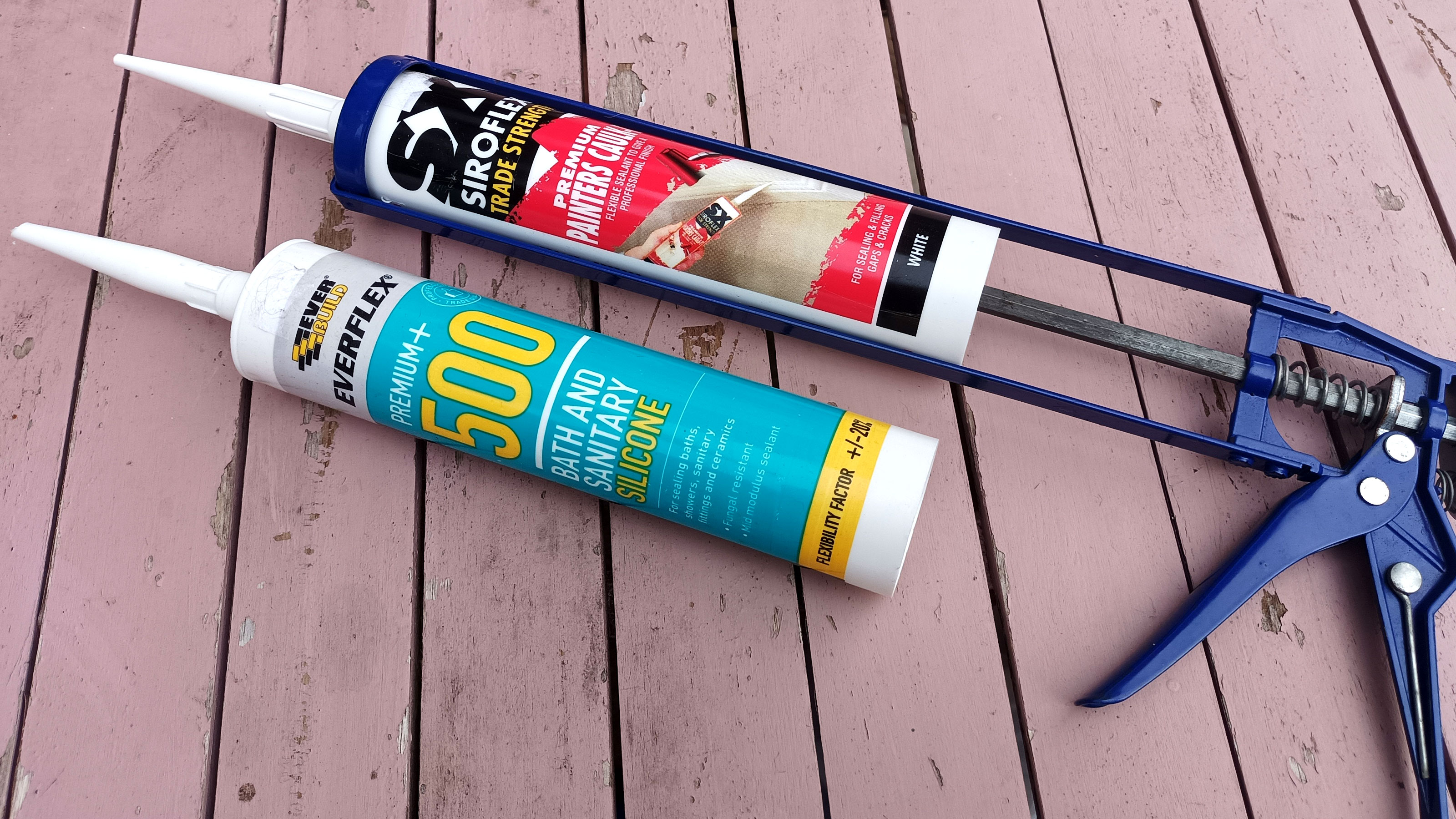Do-It-Yourself Wonders: Harnessing the Power of Silicone Sealant
Silicone caulk is a flexible tool that usually goes overlooked in the toolbox, but it has the capability to enhance your DIY projects. This remarkable material is not just for sealing gaps and openings; its applications range from enhancing thermal performance to building water-resistant seals. Whether you're an experienced DIYer, understanding how to skillfully utilize silicone sealant can enhance the excellence and durability of your craftsmanship.
From sealing around windows and doors to fixing leaks in plumbing, silicone sealant offers a dependable solution that stands the test of time. It bonds to a multitude of surfaces, making it an necessary addition to any toolkit for home repairs. In this article, we will delve into the myriad uses of silicone sealant and help you on how to harness its full potential for your endeavors.
Understanding Silicone Adhesive
Silicone adhesive is a versatile and durable sealant that is widely used in construction and renovation projects. It is made from silicone-based materials, which provide a yielding, waterproof seal that can tolerate harsh temperatures and the elements. This unique composition makes silicone sealant ideal for both interior and outdoor applications, from sealing windows and doors to waterproofing bathrooms and kitchens.
One of the important advantages of silicone sealant is its durability. Unlike conventional adhesives and caulk, silicone sealant maintains its elasticity over time, which helps prevent cracks and voids caused by shifting or fluctuations. This makes it especially useful in areas where thermal expansion occur, such as around plumbing fixtures, electrical outlets, and in connections between various building materials.
In furthermore to its sealing properties, silicone sealant is also mold and mildew-proof, making it a preferred choice for areas that are frequently exposed to dampness. This feature helps maintain a clean and healthy environment, particularly in bathrooms, kitchens, and other wet areas. With a range of colors and types available, silicone sealant can be used effectively for both practical and aesthetic purposes, allowing for seamless integration into various design projects.

Benefits and Perks
Silicone sealant is a multi-purpose material commonly used in a multitude of uses, making it an essential tool for both DIY Home improvement and home improvement and professional projects. One of its primary uses is in restrooms and kitchens, where it seals gaps around sinks, tubs, and showers to prevent leakage. This not only helps in maintaining the integrity and hygiene of these spaces but also prevents the development of mold, which can thrive in moist environments. Its waterproof properties ensure that areas with high humidity remain safe and protected.
Another significant application of silicone sealant is in the building and automotive industries. It is used for sealing windows and doors, providing a weatherproof barrier that protects against air and water infiltration. This not only improves energy efficiency by maintaining indoor temperature but also enhances the longevity of the structures. In vehicle applications, silicone sealant is employed to seal the gaps in windshields, sunroofs, and other components, ensuring that vehicles are protected from moisture damage and dust intrusion.
In addition to its practical uses to its practical uses, silicone sealant offers several benefits that make it a popular choice among DIY enthusiasts and experts alike. fugenschmiede remains adaptable over time, allowing for expansion and contraction without compromising the seal, which is essential in areas that experience temperature variations. Furthermore, silicone sealants are impervious to UV rays, making them suitable for applications in external and exterior applications. Their strength and ease of application allow users to achieve a neat, finished look with little effort.
Tips for Efficient Application
While using silicone sealant, surface preparation is key for establishing a durable bond. Commence by cleaning the area thoroughly to remove any grime, particles, or old sealant. Utilize a suitable cleaner and allow the surface to become dry completely before applying the new sealant. For smooth surfaces like glass or metal, a solvent may be required to guarantee a clear surface. Adequately get ready the area will help the sealant stick better and last longer.
Another important tip is to apply the silicone sealant evenly for a neat finish. Employ a caulking gun for precision control, and ensure that the nozzle is trimmed at an angle to match the size of the gap being filled. Move the gun smoothly along the seam, exerting consistent pressure to maintain an even bead. If needed, you can level the sealant with a wet finger or a tooling spatula to create a professional look and ensure good contact with the surfaces.
In conclusion, allow sufficient curing time for the silicone sealant before exposing it to water or stress. While many silicone products harden quickly, they may require hours or even days to completely cure, based on the type and environmental conditions. Check the manufacturer's instructions for the specific curing time. Adequate curing guarantees the sealant reaches its maximum strength and effectiveness, providing a dependable waterproof seal.